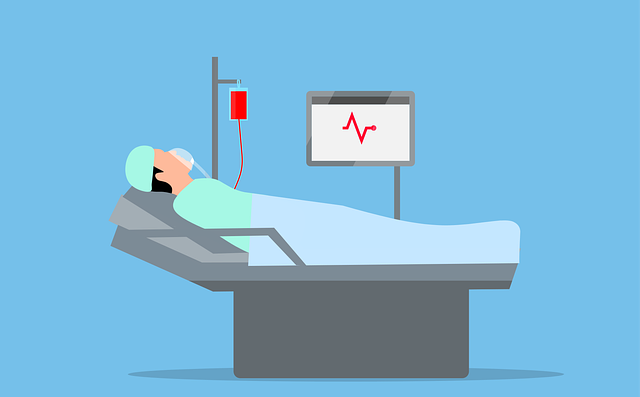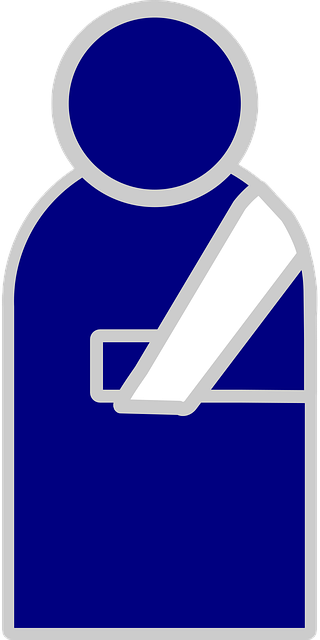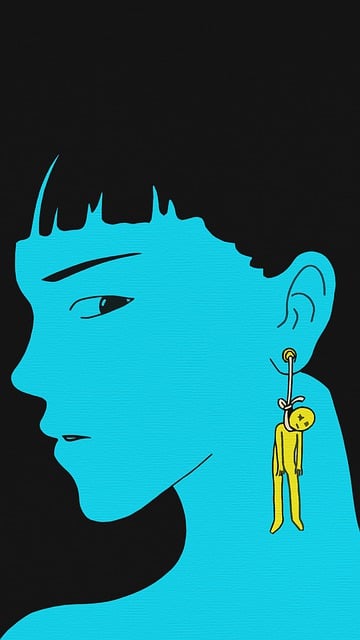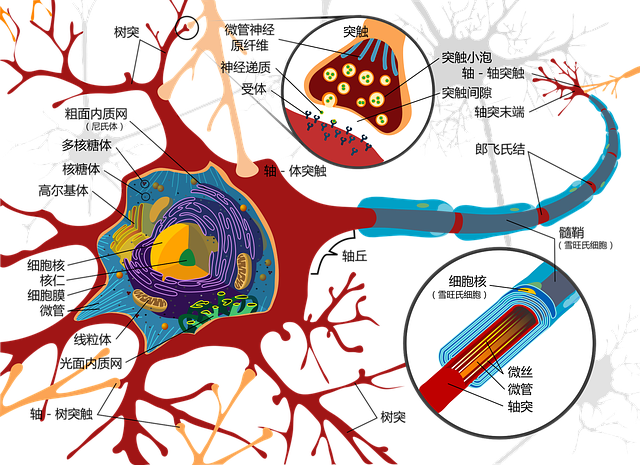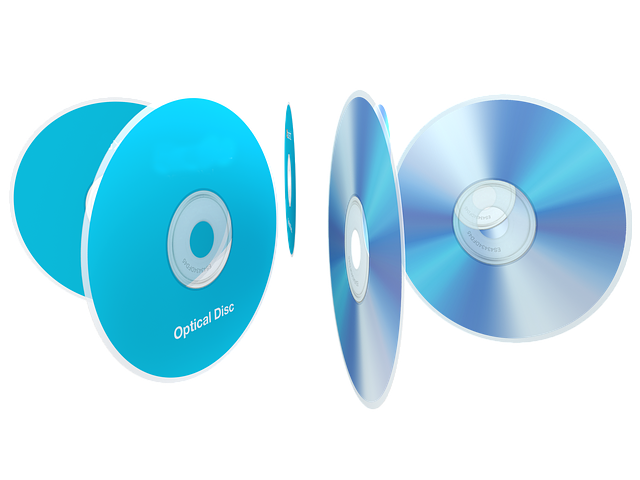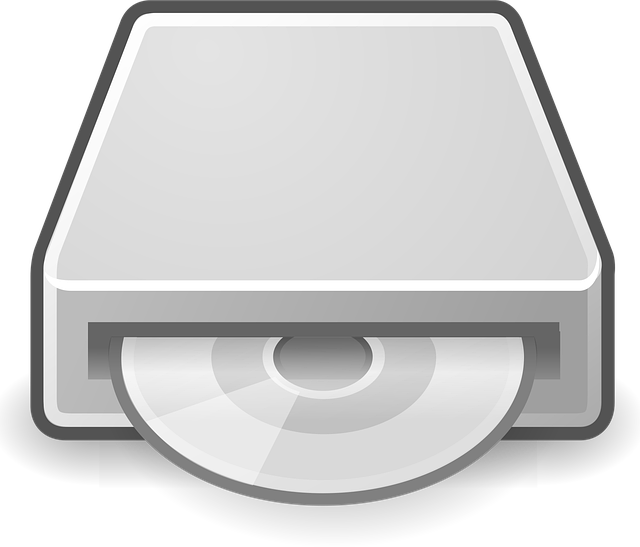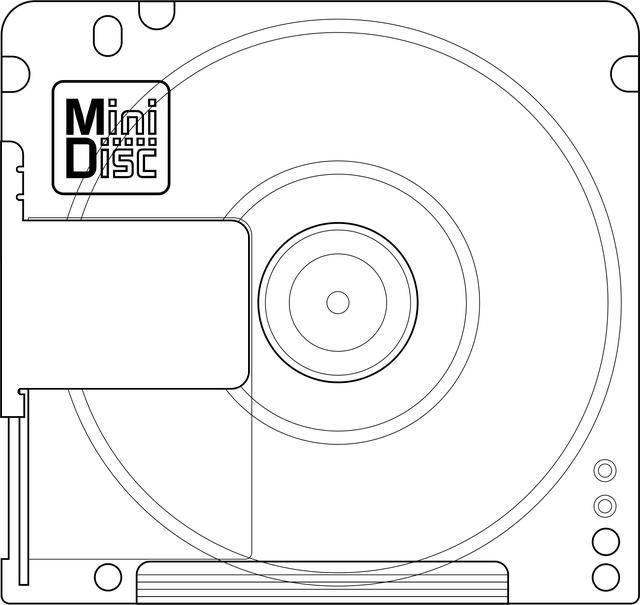Chiropractors provide effective chiropractic management for herniated discs post-car crash, offering non-invasive treatments like spinal adjustments, heat/ice therapy, electrical stimulation, and exercise programs to alleviate pain, reduce inflammation, support healing, and promote faster recovery.
After a car crash, experiencing lower back pain? You might have a herniated disc. These conditions often require specialized care from a chiropractor skilled in disc therapy. This article delves into understanding herniated discs post-car crashes, exploring effective chiropractic management techniques to alleviate pain. We also discuss valuable post-crash recovery strategies that chiropractors employ, guiding you towards faster and more comprehensive healing.
- Understanding Herniated Discs After a Car Crash
- Chiropractic Management Techniques for Lower Back Pain
- Effective Post-Crash Recovery Strategies with Chiropractors
Understanding Herniated Discs After a Car Crash
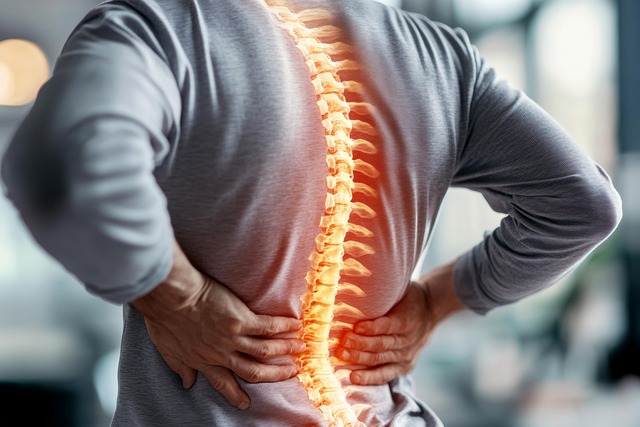
After a car crash, it’s not uncommon for individuals to experience back pain, and one of the potential culprits is a herniated disc. The spine is composed of individual bones called vertebrae, with soft, gel-like discs serving as cushions between them. These discs play a crucial role in maintaining spinal flexibility and facilitating movement. However, in the aftermath of a collision, these discs can suffer tears or bulges, leading to what’s known as a herniated disc.
When a disc herniates, the soft inner material pushes through a tear in the outer ring. This can occur in various parts of the spine but is particularly common in the lower back (lumbar region). If you’ve been involved in a car accident, seeking prompt chiropractic care for suspected herniated discs is essential. Chiropractors are trained to diagnose and employ non-invasive chiropractic management techniques to address such conditions, potentially alleviating pain and promoting faster recovery.
Chiropractic Management Techniques for Lower Back Pain

Chiropractors employ a variety of non-invasive, hands-on techniques to manage lower back pain, especially in cases involving herniated discs often sustained after car crashes. These methods focus on realigning the spine and improving joint function. Adjustments, such as spinal manipulation, leverage the chiropractor’s skilled touch to restore proper alignment and mobility, alleviating pressure on affected nerves.
Additionally, chiropractors may incorporate other therapeutic modalities like heat/ice therapy, electrical stimulation, and exercise programs tailored to the patient’s needs. These chiropractic management techniques are designed to reduce inflammation, promote healing, and enhance overall recovery for individuals suffering from lower back pain resulting from disc issues post-car accident.
Effective Post-Crash Recovery Strategies with Chiropractors

After a car crash, proper post-crash recovery is essential, especially for individuals experiencing back pain due to disc issues like herniated discs. Chiropractors play a crucial role in this process, offering effective chiropractic management techniques to alleviate discomfort and promote healing. They provide specialized care tailored to the unique needs of each patient, focusing on the spine and surrounding structures.
One of the key strategies chiropractors employ is manual manipulation or adjustment, which helps restore joint mobility and reduces nerve irritation. Additionally, they may incorporate other therapeutic modalities such as heat/ice therapy, electrical stimulation, and exercise programs designed to strengthen the back and core muscles. These comprehensive approaches not only address the immediate pain but also aim to prevent long-term complications, ensuring patients can return to their regular activities with improved resilience.
After a car crash, experiencing lower back pain can be a significant concern. Understanding herniated discs and seeking appropriate care is crucial for effective recovery. Chiropractic management techniques, coupled with targeted post-crash strategies, offer a promising path to alleviating pain and restoring function. Chiropractors play a vital role in navigating this journey, providing non-invasive treatments and guiding patients towards a full recovery.
